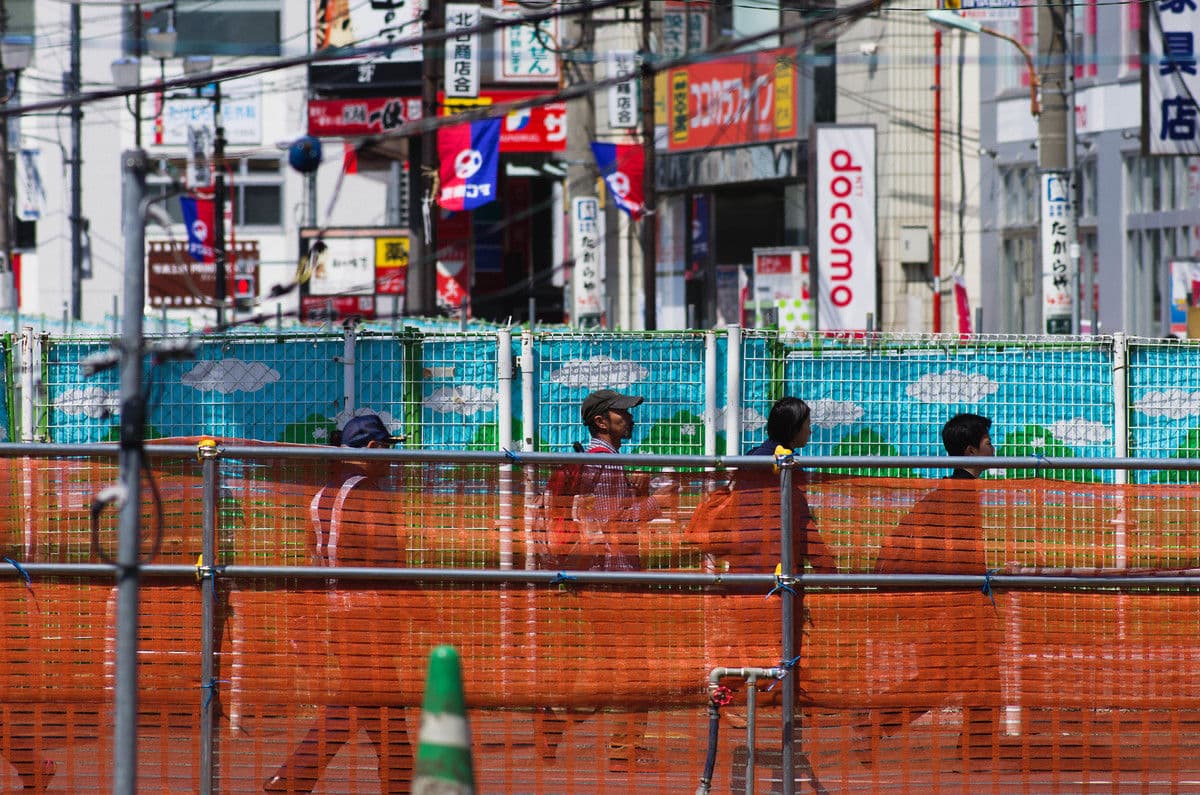Out on the western edge of Tokyo, there is a pleasant residential area with excellent transportation links and around 123,00 residents. Kokubunji boasts a large number of parks and is a popular location with young families.

"Kokubunji" by Raquel Dennett is licensed under CC BY 2.0
Kokubunji’s defining characteristic is its cliff line. Running from east to west, there is a clear geographical divide, creating an upper and lower level to the area. The cliff is not very dramatic and is really more of a slope or incline, though it has shaped the local streets. The upper section is more modern, while the lower half is less built up with patches of woodland and well-maintained gardens. The Tonogayayo gardens are arranged in classic Japanese styles with assorted flowers and peaceful ponds that residents can stroll through at their leisure. They are very popular with locals because of the photogenic miniature bridges and traditional Japanese aesthetic.
Abundant Nature

"Tonogayato Garden" by Irina Gelbukh is licensed under CC BY 2.0
In the woodland, you will find that Kokubunji has a wealth of epic spots hidden amongst the trees. There is Kokubunji Temple, an ancient place of worship built to replace the destroyed Musashino Kokubunji temple and a nunnery. These were destroyed by the Nitta clan armies over six hundred years ago, though their remains can still be seen today.
For those more interested in modern Japan, there is a Shinkansen Museum near Kunitachi Station. The surrounding neighborhood Hikari-cho, gets its name from the Hikari Shinkansen. The museum boasts a wealth of different trains that visitors can explore, as well as detailed histories for each one. The museum is particularly popular with children and trainspotters.
Living and Working in Kokubunji

"Kokubunji, Tokyo" by no_typographic_man is licensed under CC BY 2.0
Kokubunji is the home of the Hitachi Central Research Laboratory, which has brought a lot of industry to the area. As well as having the Railway technical research center here, they have also dedicated a portion of their land to a vast nature preserve.
Kokubunji Station is a busy crossroads, connecting the JR Chuo Line to the Seibu Kokubunji Line. This means that it is in an excellent position to take commuters all around Tokyo and beyond.
There are plenty of schools and universities in the area for those looking to start a family. Kokubunji is a very comfortable part of Tokyo with safe streets and a peaceful atmosphere.
There are plenty of foreign communities that a resident of Kokubunji can become involved in. The good transportation links allow for a wealth of options to broaden your social circle. There is also a Labor Consultation Center that offers help in English, Chinese, Spanish, Portuguese, Korean, Thai, & Persian.
Kokubunji is not the cheapest part of Tokyo, but neither is it the most expensive. You can get a three-bedroom house for about $400,000. The prices reflect how desirable this area is. Property here is a good investment for the future.
Conclusion

"Kokubunji City Hall" by Hykw-a4 is licensed under CC BY 2.0
All in all, Kokubunji is a very balanced place to live. Here you can have access to Tokyo’s more central regions while still being able to stroll through nature. Prices are not too high, and there are plenty of opportunities for work and education.

Editorial Department
Bringing you the latest real estate & lifestyle news in Japan







